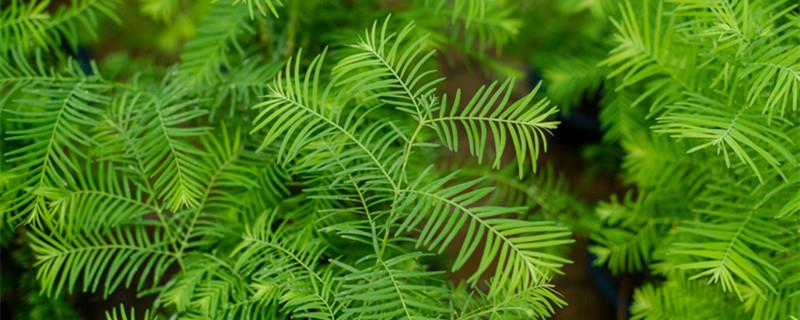Magnolia officinalis cultivation methods and precautions
Last Update :2024.05.08
Article Catalog
3. Problem diagnosis and treatment
Temperature: Magnolia officinalis is a cool-loving plant and is suitable for growing in an environment between 14-20℃. Light: It has very high requirements for sunlight. It needs to receive sufficient scattered light during maintenance, but it must not be burned by strong light. Watering: It likes moist soil and air environment. It needs to be watered and sprayed in time during maintenance to keep the environment moist. Fertilizer: Some base fertilizer needs to be added to the soil before planting. Top dressing is also required 1-2 times during the growing season.

1. Maintenance methods
1. Maintenance methods
1. Temperature: Magnolia officinalis is a plant that likes cool weather. Generally speaking, in areas where it is suitable for distribution, the average annual temperature is generally between 14 and 20 degrees. In the coldest time, the average temperature should also be between three and nine degrees, so that it can survive the winter safely.
2. Light: Magnolia officinalis loves light. During its growth period, it has very high requirements for sunlight, otherwise it will grow very slowly and be prone to leggy growth. Therefore, during this season, do not be too shady. When encountering strong light, you can shade it slightly, but do not completely block out the light.

3. Watering: Magnolia officinalis likes moisture, and for The air humidity requirements are also very high. And because its root system is relatively developed, its waterlogging tolerance is pretty good. During the growth period, timely replenishing of water is required to ensure moisture. But in winter, especially when the temperature is very low, you have to control the water.
4. Fertilization: It has certain requirements for fertilizer, but not too much. In addition to the fixed base fertilizer, the number of top dressings per year can be controlled at two times, and there is no need to apply too much.

2. Breeding skills
1 , Propagation: Propagation can be done by sowing. From September to October, you can prepare to collect fruits and obtain seeds. After harvesting, store it in moist sand. In the spring of the second year, the seeds can be taken out and sown. Since there is a waxy layer on its surface that prevents it from germinating, it needs to be removed before sowing. The "drill" method can be used, the row spacing can be about 30 centimeters, and the distance between each seed can be between three and six centimeters.
2. Weeding: This step is more important because there will be many weeds every once in a while. Generally speaking, weeding should be done at least twice a year. Top dressing can be done after weeding.

3. Problem diagnosis and treatment
1 , Diseases: The main types are "leaf blight", which can be controlled with Bordeaux. There will also be "blight blight". In addition to spraying, the substrate must also be disinfected, for example, lime can be used.
2. Insect pests: Mainly "Brown Beetle", the adults are more harmful, and the main task is to hunt and kill its adults.

IV. Other questions
1 , Toxicity: It is not poisonous. Moreover, it is a good medicine.
2. Whether it can be grown at home: generally not. Firstly, it is relatively large and not suitable for keeping at home. In addition, it is also a protective plant.

2. Breeding skills
3. Problem diagnosis and treatment
4. Other issues
- END -
Baiyinshou breeding methods and precautions

It is a small succulent, its size is relatively small, and its overall height is r...
What are the precious tree species?

1. Silver fir: It is a rare tree species unique to my country and very precious. 2...